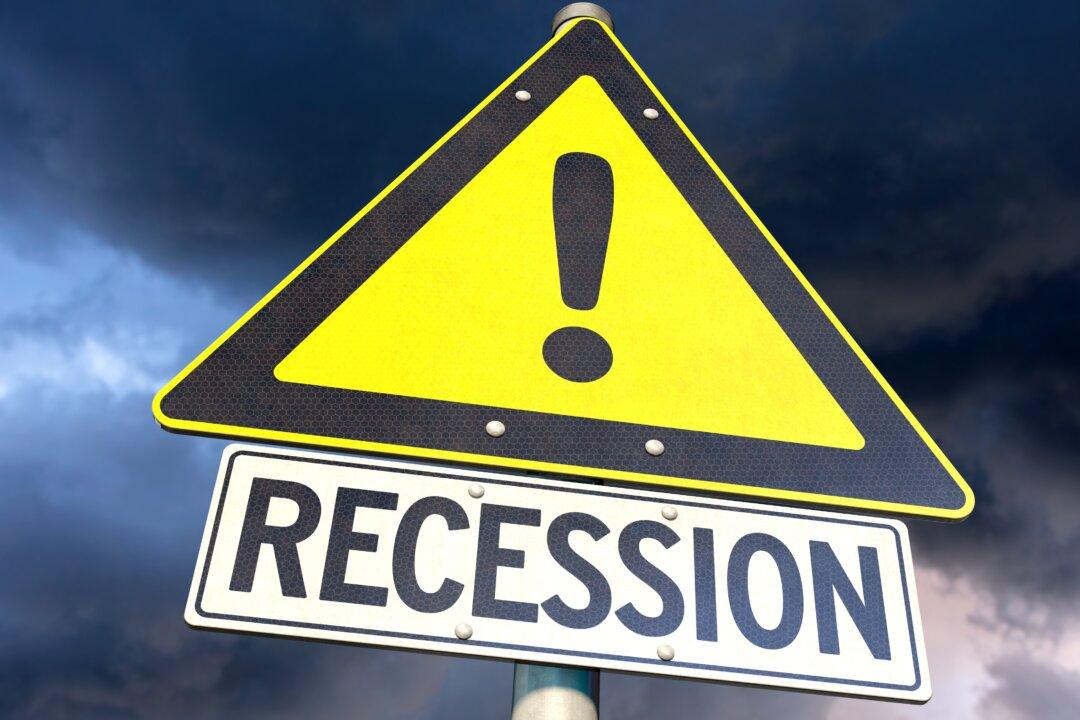Commentary
The Federal Reserve’s policymaking body, the Federal Open Market Committee (FOMC), voted last week to raise its benchmark policy range for federal funds by a quarter-point. This was widely expected. In fact, officials have for months been preparing everyone for this development.





